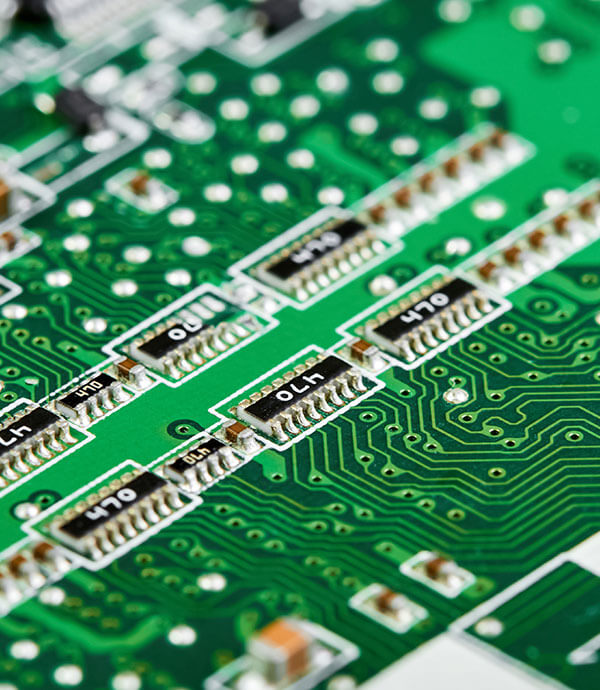The price of PCB motherboard varies depending on the material, size, number of layers, process complexity and other factors, the specific price range is as follows:
1, ordinary double-layer PCB motherboard: for example, about 100 yuan / square meter.
2, multi-layer PCB motherboard (4-8 layers): for example, 500-1500 yuan / square meter.
3, the number of high-level, high-complexity PCB motherboards: for example, thousands of dollars to tens of thousands of dollars / square meter.

Table of Contents
How much does it cost to design a pcb? Does it support sampling?
The price of a pcb varies depending on the form of packaging (boxed, bulk), with a price range between $3.10 and $52.70. In addition, the specific parameters, material or quantity of the pcb will affect the price. We support sampling 3-10pcs, if you can provide Gerber file, it will be faster.
How much does a pcb prototype usually cost?
The price of pcb proofing boards varies depending on the packaging method, for example, the price range for boxes is $5.14 to $11.80 and the price range for trays is $2.20 to $4.50.
What materials are needed for pcb prototype board?
The materials needed for pcb prototyping mainly include copper-clad board, solder resist ink, solder, electronic components and so on. Among them, copper cladding board is the basic material of pcb prototype board, solder resist ink is used to protect the circuit and prevent short circuit when soldering, solder is used to connect the electronic components, and electronic components are selected according to the circuit design requirements.
What are the ways of pcb prototype board?
pcb prototype board board the way mainly have laser board, CNC milling machine board and photolithography board and so on several kinds. Laser board fast, high precision, suitable for small batch prototype production; CNC milling board is suitable for thicker or special material pcb board; photolithography board is through the photolithography technology will be the circuit pattern transferred to the pcb board, suitable for mass production. Specifically look at the number of pcb prototype board or precision requirements.
How long does it take to complete delivery?
Delivery time for quick turn as below:
| PCB Layer | PCB Quick Turn Time |
| 2 | 12 hours |
| 4 | 24 hours |
| 6 | 48 hours |
| 8 | 72 hours |
| 10 | 72 hours |
PCB design considerations
Manufacturing process requirements: to ensure that the PCB board manufacturability design, consider the board factory’s manufacturing capacity.
Power supply layout and alignment: power supply circuit design requires special attention, all components should be placed close to the chip, and the ground loop area should be as small as possible to minimize noise problems.
Transmission line design: High-speed signal lines require special attention to impedance control, generally designed for 50 ohms.
EMC (Electromagnetic Compatibility): EMC issues should be considered to minimize electromagnetic interference.
Clock design: Critical signals such as clock signals, high-frequency signals and sensitive signals should be prioritized wiring and shielding measures should be taken when necessary.
Patch device spacing: the spacing between the patch components need to be reasonably designed, the same device spacing should be ≥ 0.3mm, heterogeneous device spacing should be ≥ 0.13 * h + 0.3mm (h is the maximum height difference between the surrounding nearest neighboring components), hand soldering and patch time distance requirements ≥ 1.5mm .
Spacing between direct insertion devices and patch components: the spacing between direct insertion devices and patch components should be at least 0.5mm, usually recommended between 1-3mm.
Placement of decoupling capacitors: decoupling capacitors need to be placed near the power port of each IC, and the position should be as close as possible to the power port of the IC.
Crystal placement: the crystal should be far away from the edge of the PCB and heat sources to reduce the impact of external forces and temperature changes on the frequency.
Layout of special components: high-frequency components should be placed next to each other, and sensitive components should be far away from noise sources.
Layout of electrolytic capacitors: Electrolytic capacitors should be kept away from heat sources to prevent the internal liquid electrolyte from being baked dry, affecting the performance and life of the capacitors.
Pad handling of unused pins: Keep the unused pin pads to avoid damaging the components during the production process.
